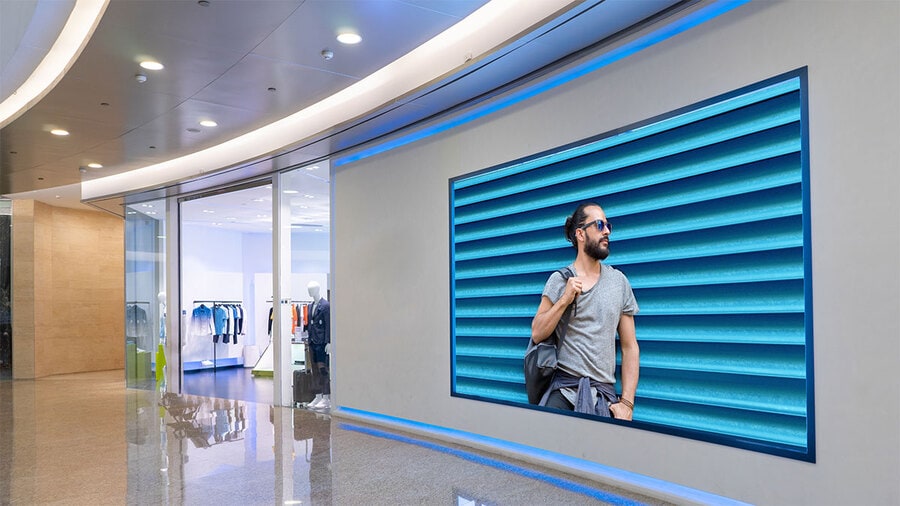Mastering Color Precision in Light Emitting Diode Wall Adjustment for Stunning Graphic Presentations
Color precision is essential for creating stunning graphic displays, particularly when using LED walls. These massive displays are commonly found in places like concert venues, sports arenas, and promotional billboards. When the hues on an LED screen are not accurate, the images can look flat or distorted, which can impact the overall impression for viewers. Therefore, perfecting color accuracy in LED wall tuning is vital for achieving lively and true-to-life visuals.The first step in guaranteeing color accuracy is comprehending how LED systems works. LEDs, or light-producing diodes, generate light in multiple shades by mixing red, green, and blue (RGB) light. Each pixel on an LED wall is made up of these three hues. When calibrated correctly, the mix of RGB can produce a wide range of colors. However, if one hue is too intense or too faint, it can distort the entire display. This is why tuning is needed to equalize the hues and achieve the desired visual effect.
Tuning entails modifying the configurations of the LED wall to ensure that the hues displayed match the original material as nearby as possible. This procedure typically includes using specialized software and hardware tools. Technicians often use color measurement devices, such as color meters, to analyze the colors being shown. By comparing the measured hues to benchmark color values, they can make precise adjustments. This guarantees that the colors are not only lively but also consistent across the entire display.
Another crucial aspect of color precision is understanding the surroundings in which the LED wall is employed. Factors such as surrounding light can considerably impact how hues look. For example, a well-lit lit room may fade colors, making them look less lively. To counteract this, technicians may adjust the luminosity and contrast configurations of the LED wall. Additionally, they may see this page select specific color profiles that are more suited for various lighting conditions. This flexibility helps maintain color precision regardless of the viewing environment.

Finally, routine upkeep and re-tuning are essential for maintaining an LED screen looking its best. Over time, the performance of LEDs can alter due to factors like aging and heat fluctuations. Regular checks and adjustments can help guarantee that the hues remain accurate and vibrant. By committing time in appropriate calibration and upkeep, venues can offer audiences with stunning visual displays that enhance their total impression. Mastering color accuracy in LED screen tuning is not just a technical job; it is an art that contributes to the wonder of visual storytelling.